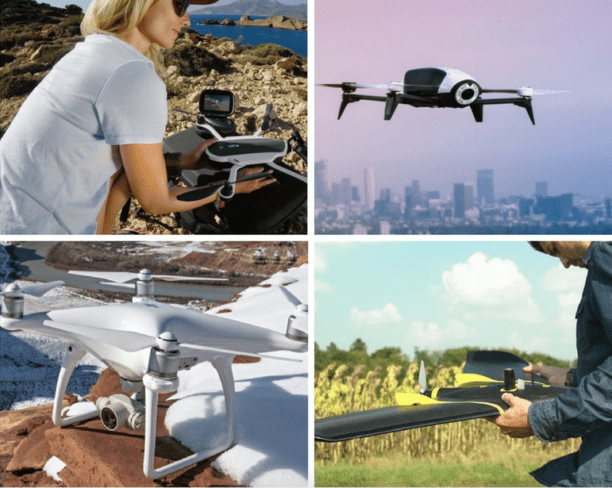 “It’s a good day for the drone industry in Europe,” says Paula Iwaniuk of Drone Manufacturers Alliance Europe (DMAE). The European Parliament has voted in favor of the European Aviation Safety Agency’s (EASA) Basic Regulation.
“It’s a good day for the drone industry in Europe,” says Paula Iwaniuk of Drone Manufacturers Alliance Europe (DMAE). The European Parliament has voted in favor of the European Aviation Safety Agency’s (EASA) Basic Regulation.
The “Basic Regulation” has general application under EU rules. “It is binding in its entirety and directly applicable in all Member States,” explains EASA. “The main objective of the BR is to “establish and maintain a high uniform level of civil aviation safety in Europe.””
This update to the basic regulation “empowers the EU to regulate civil drones, and marks an important step towards the creation of a strong EU-wide market for drones,” says the DMAE. “[The rules] will help EU residents, businesses and governments while maintaining the admirable safety record of drone technology.”
The DMAE has a significant stake in drone regulations, representing the manufacturers of over 80% in the air today. Group members include DJI, GoPro, Parrot and Parrot Group Sensefly.
“We would like to extend our congratulations to Mr. Marinescu for guiding the file to this fruitful conclusion. Drone competence in Europe will be centralized. This is good news. It means maintaining safe skies, harmonizing rules and requirements, and enabling the drone industry to innovate further,” said Iwaniuk of DMAE.
One very significant point of the regulation is the creation of risk-based categories. This framework is considered favorable for the industry: if clearly defined, a risk-based framework based on factors of size or weight makes it easier for manufacturers to meet regulatory requirements. “The EASA Basic Regulation creates three types of risk-based categories for drones, which are crucial in setting benchmarks and developing proportionate drone rules,” says DMAE. “The so-called “open category” comprises the largest share of the light weight drones flying in low risk scenarios today.”
Iwaniuk added: “As the regulatory process moves forward, we cannot lose sight of the purpose behind each drone category, and must develop reasonable implementing rules. That is the pressing challenge ahead for European regulators, Member States and industry. It is a matter of fairness that consumers and small companies can continue to fly the drones they own today, in line with the incoming operating rules.”
Following the adoption by the European Parliament, the EASA Basic Regulation now needs final approval by Member States in the Council of the European Union.

Miriam McNabb is the Editor-in-Chief of DRONELIFE and CEO of JobForDrones, a professional drone services marketplace, and a fascinated observer of the emerging drone industry and the regulatory environment for drones. Miriam has penned over 3,000 articles focused on the commercial drone space and is an international speaker and recognized figure in the industry. Miriam has a degree from the University of Chicago and over 20 years of experience in high tech sales and marketing for new technologies.
For drone industry consulting or writing, Email Miriam.
TWITTER:@spaldingbarker
Subscribe to DroneLife here.







[…] “It’s a good day for the drone industry in Europe,” says Paula Iwaniuk of Drone Manufacturers Alliance Europe (DMAE). The European Parliament has voted in favor of the European Aviation Safety Agency’s (EASA) Basic Regulation. The “Basic Regulation” has general application under EU rules. “It is binding in its entirety and directly applicable in all […] The post European Parliament Votes in Favor of EASA Basic Regulation: “It’s a Good Day for the Drone Industry in Europe”See Original Article […]